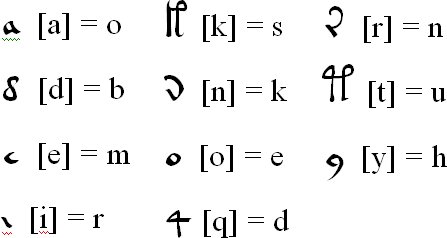Since the recent Austrian Voynich Manuscript documentary (where the age of the VMs’ vellum was tested using radiocarbon dating), there has been debate about how vellum was created, stocked, sold, stored and used in and around the 15th century. The #1 issue is that if uncut pieces of vellum were routinely held for long periods (years? decades? centuries?), Voynich theories that require a later use dating still stand. Conversely, if you acknowledge that the manuscript itself displays many of the attributes of a copy, Voynich theories that require an earlier creation dating still stand. In which case, hard science would appear to have gone fairly soft on us.
However, simply relying on the possibility of storage is historically imprecise (if not actually woolly): we might well do better to try to understand the medieval parchment ‘ecology’ – that is, the set of trade, guild, and use behaviours associated with parchment – and see how parchment worked within (and for) the broader economy.
An accessible starting point for this is the first chapter of Cyprian Blagden’s (1960) “The stationers’ company: a history, 1403-1959”. According to this, the word stationarius (“stationer”) is mentioned in Oxford and Cambridge in the 13th century, and in London and York in the early 14th century, and denoted a permanent stall-holder (and so “stationary”, though we now spell it as “stationery”) rather than a hawker or peddler: the word quickly became associated with the book trade. The main people involved in 14th century book production in London were:-
- parchminer – supplied the parchment
- scrivener – wrote the text
- lymner – added the illustrations
- bookbinder – sewed gatherings into quires, and bound quires and covers into books
- stationer – “arranged for the manufacture of a book to a customer’s order” (p.21)
Of course, these were the trades most directly affected by the introduction of printing: but interestingly, Blagden notes that “even parchminers and text-writers were only gradually squeezed out of the book business” (p.23), and that there was “no evidence of unemployment or of organized opposition” (p.23) to mechanical printing presses in England (unlike in Toulouse in 1477).
Some Voynich theorists have posited that the parchment trade suddenly collapsed, so that old vellum was readily available many years later. Well… it’s true that paper eventually killed the parchment trade, just as video eventually killed the traditional radio star: but the suggestions that circa 1450 parchminers ‘suddenly’ found themselves with warehouses full of uncut parchment that would subsequently sit around unsold for decades or centuries seems just plain wrong. As paper manufacturing slowly evolved (and as madly expensive incunabula gave way to quite expensive books, and as the later gradually became affordable), parchment usage did experience a slow decline – but I can’t see obvious evidence of any rapid ‘phase change’ or ‘parchment catastrophe event’.
For sure, we’re still waiting for the raw radiocarbon dating values so that we can validate the headline dating calculation (and make a sensible assessment of the various uncertainties that would be implicit in it) in a transparent kind of way. But if the date range is basically as claimed, I’m finding it grasp to glimpse the economic mechanism by which sufficient uncut parchment to make the VMs would be stored for even a decade, let alone 50, 100, or 150 years. The numbers don’t seem to add up… all in all, a tricky history challenge.

